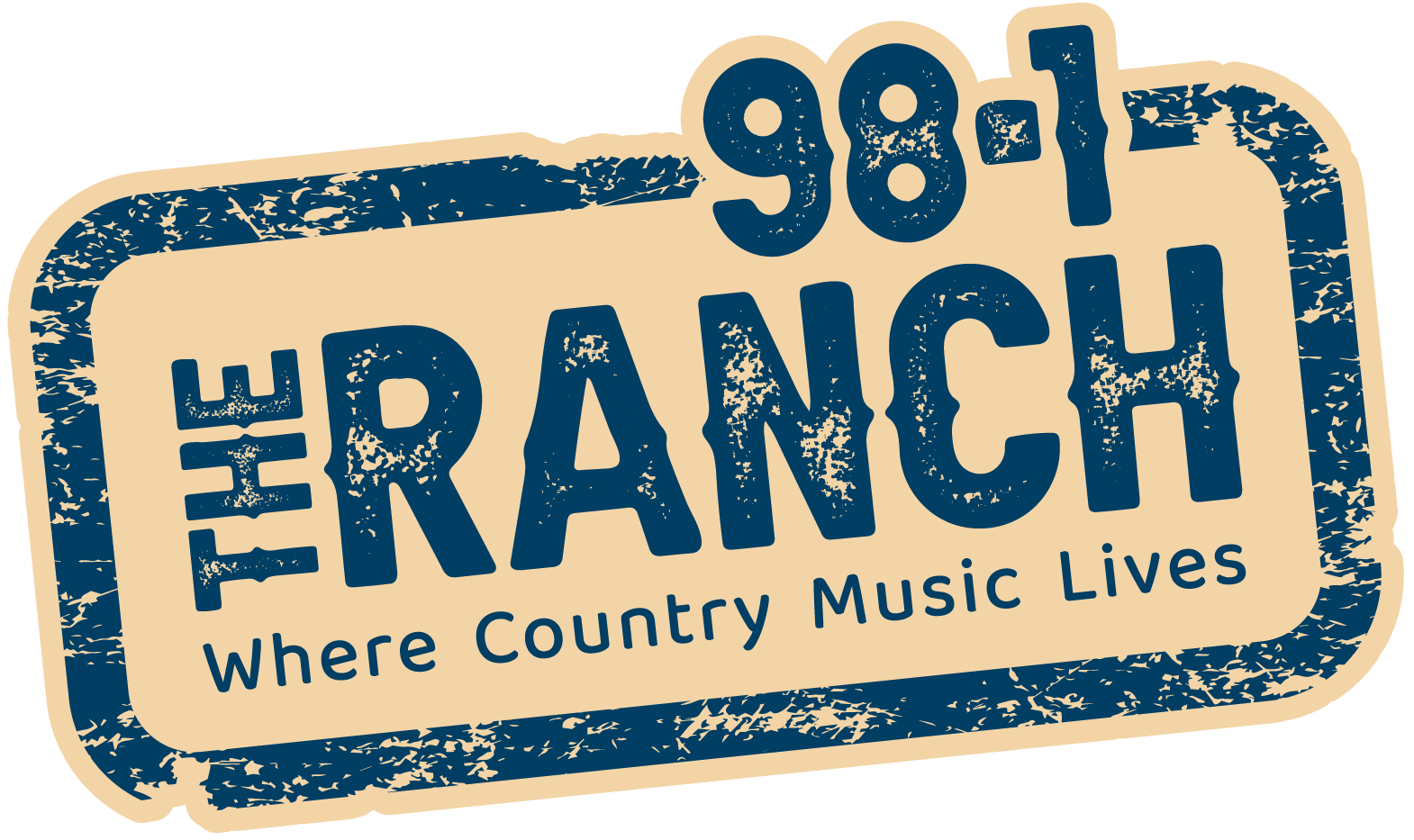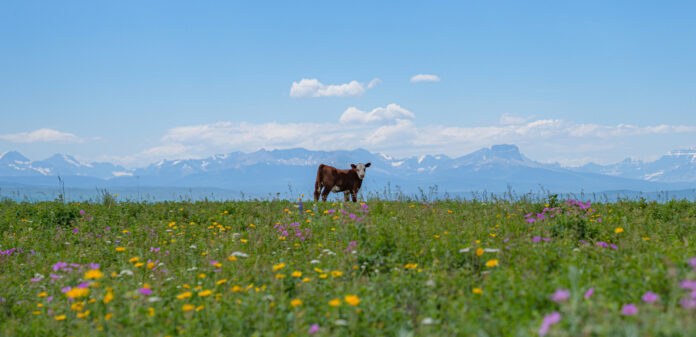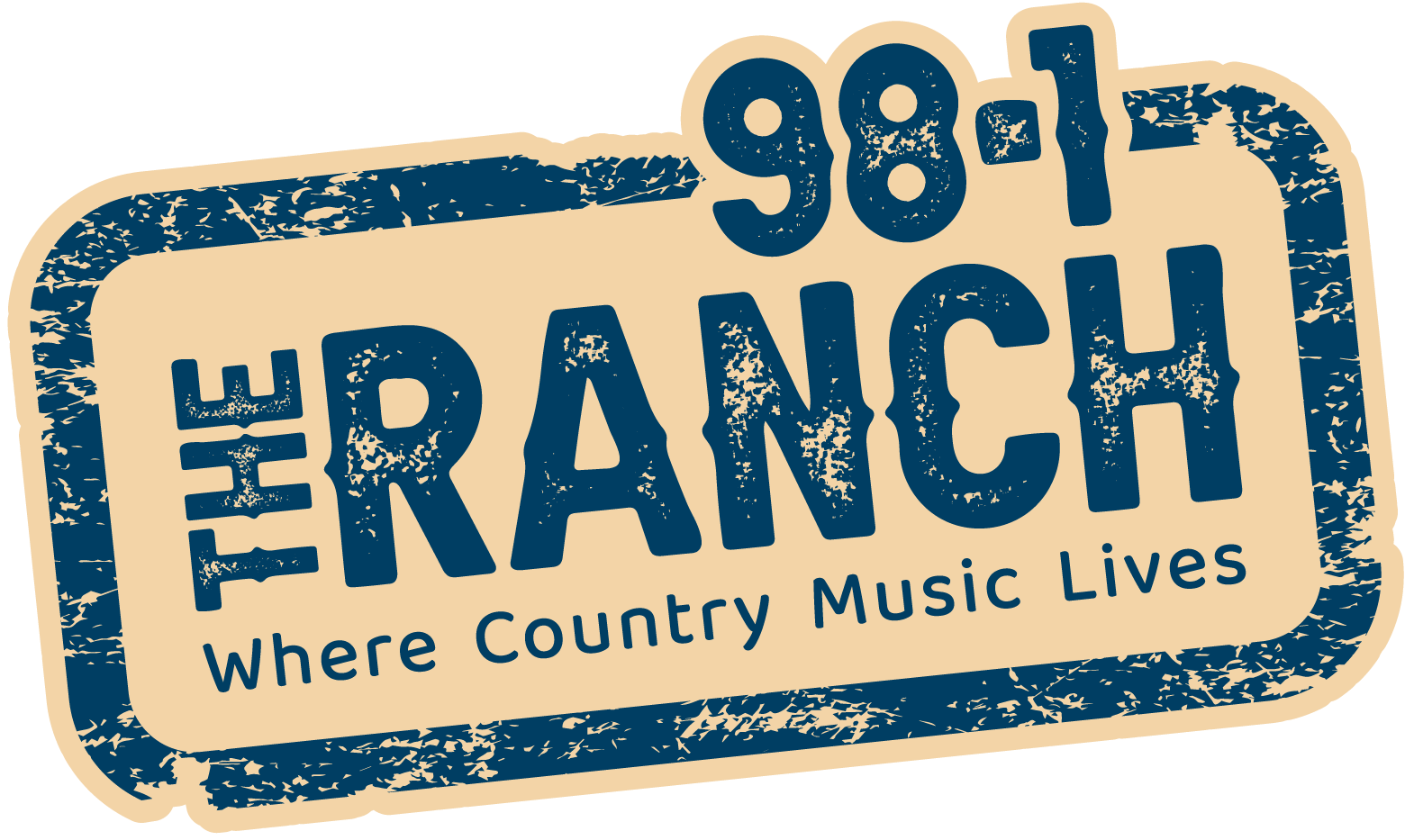It’s Earth Day, as the Nature Conservancy of Canada has announced the completion of its conservation agreement and fundraising campaign to conserve McIntyre Ranch, located on the Milk River Ridge.
The agreement between the NCC, the Thrall family and Ducks Unlimited Canada is a testament to the power of collaboration and community engagement in conserving one of the planet’s most endangered ecosystems, Canada’s Prairie grasslands.
Jeremy Hogan, NCC director of Prairie Grassland Conservation, says the project represents the largest private conservation agreement in Canada’s history.
McIntyre Ranch, a historic and internationally renowned property spanning over 22,000 hectares, features extensive grasslands and wetlands. “Which are some of the most endangered ecosystems on Earth and home to hundreds of plants and animal species. It’s really one of those magical native habitats left in Alberta,” says Hogan.
According to Hogan, McIntyre Ranch has been sustainably grazed for over 100 years. “First by the McIntyre family and then by the Thrall family. They’ve done a good job of stewarding that landscape to the point where it remains pristine, functional and thriving.”
The property is home to over 150 species of birds, mammals, amphibians, reptiles and fish. The creation of the McIntyre Ranch conservation agreement and securing its funding is just the first chapter of this exciting project. Agreement partners will be working to ensure the incredible nature on the ranch lasts for generations, carrying on the legacy of both the McIntyres and the Thralls.
“We rely on intact native habitat for existence,” says Hogan. “Unfortunately, there’s less and less of it. As we convert more for human uses, the grasslands of Canada, there’s less than 20 per cent remaining for perspective. The services those remaining 20 per cent provide, if we were to quantify it, it’s in the billions of dollars per year. Things like water sequestration, filtration and carbon sequestration and pollinator services to produce food. There is so much need to protect what remains, not only for our own existence, but for the plants and animals that live there, as well.”
In the grasslands, Hogan notes, there’s a unique opportunity to make it both a productive agricultural system and a bio-diverse intact ecosystem through cattle production. “It’s one of the rare chances we have to benefit both the economy and nature.”
The NCC, Hogan adds, has also launched its Prairie Grasslands Action Plan. “We’re aiming to conserve 500,000 hectares of Prairie grasslands by 2030. That represents the amount we would lose if we didn’t take action. It’s urgent, it’s necessary and it’s going to take every Canadian to participate in this. I hope people are aware of how significant grasslands are. Even if they don’t live and work in them, they rely on them.”






